Friday 17th January

English
Grammar Warm Up
LC: to create sentences using the apostrophe for belonging
In your books, write 3 short sentences using
1. an apostrophe to show belonging to ONE person
2. an apostrophe to show belonging to MORE THAN ONE person
3. a noun with s and no apostrophe to show more than one noun

LC: to use what I have read as a model for my own writing
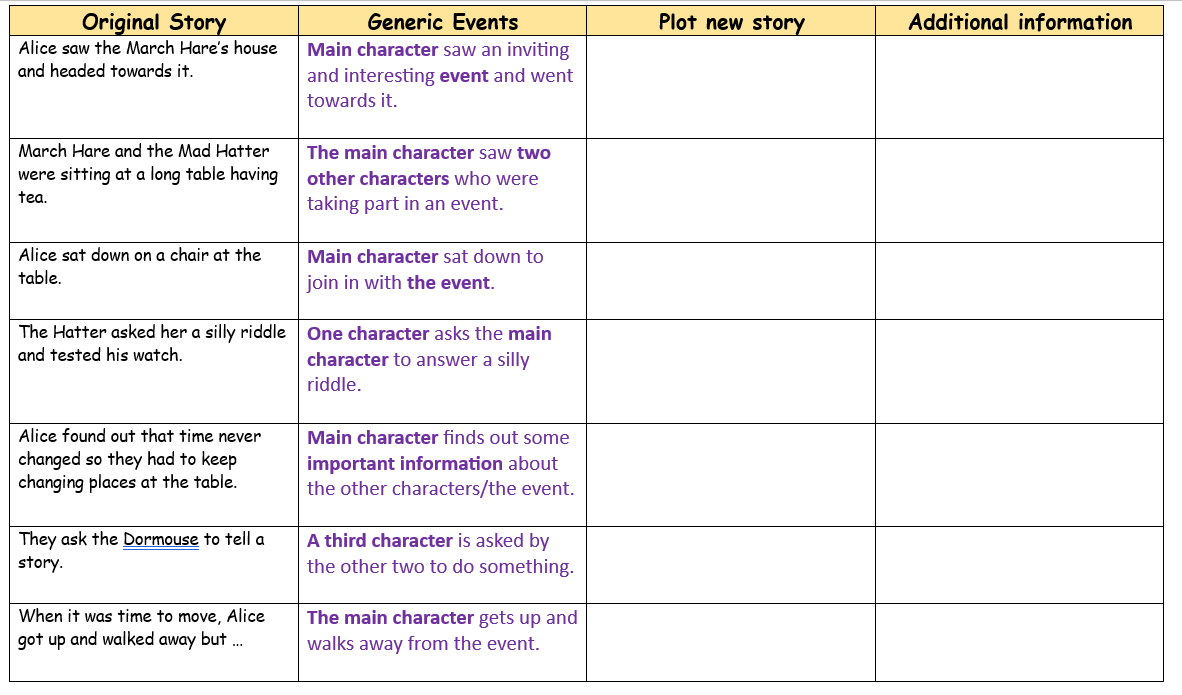

Maths
LC: To be able to add unlike fractions where the sum is greater than 1, creating mixed numbers or improper fractions.
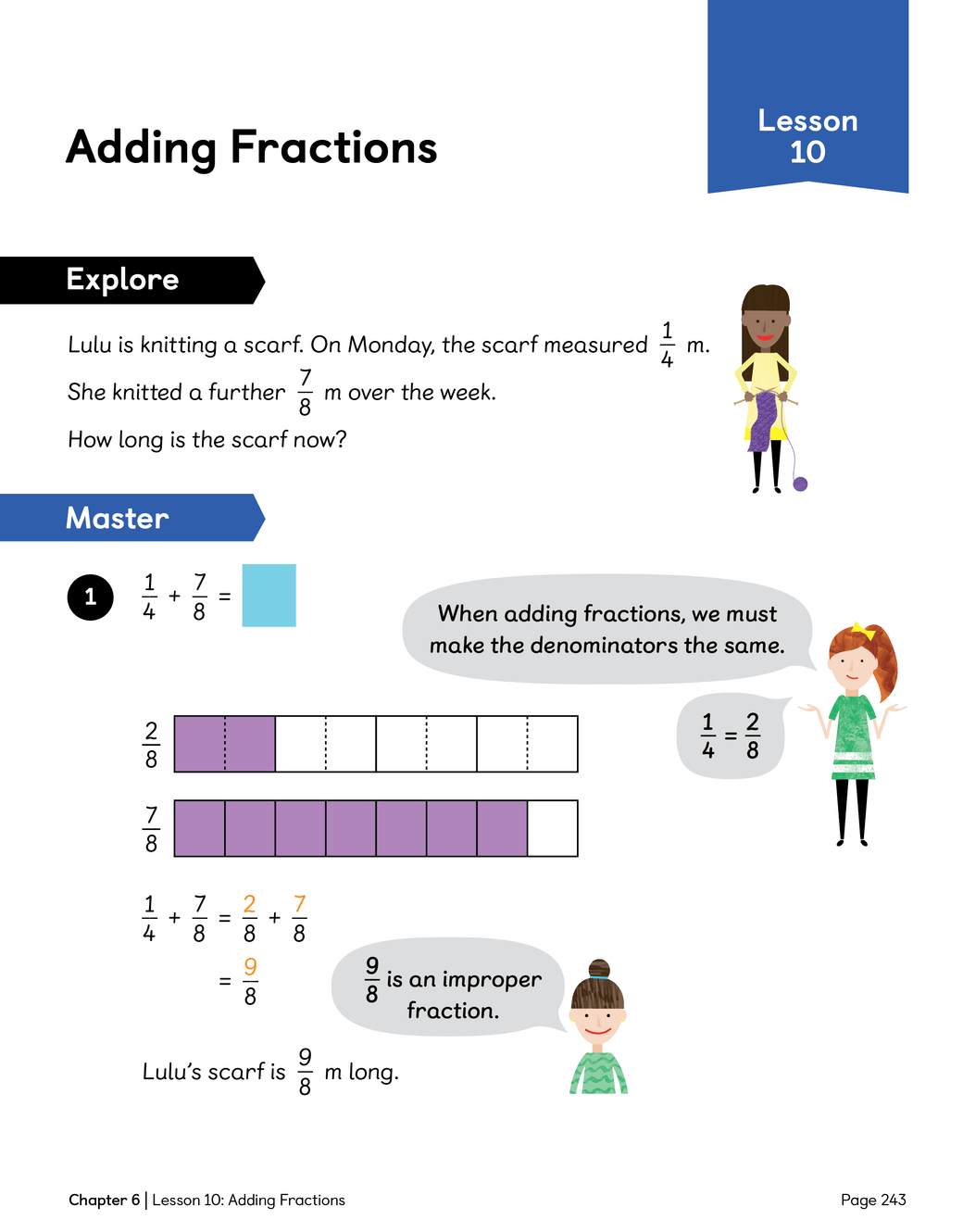
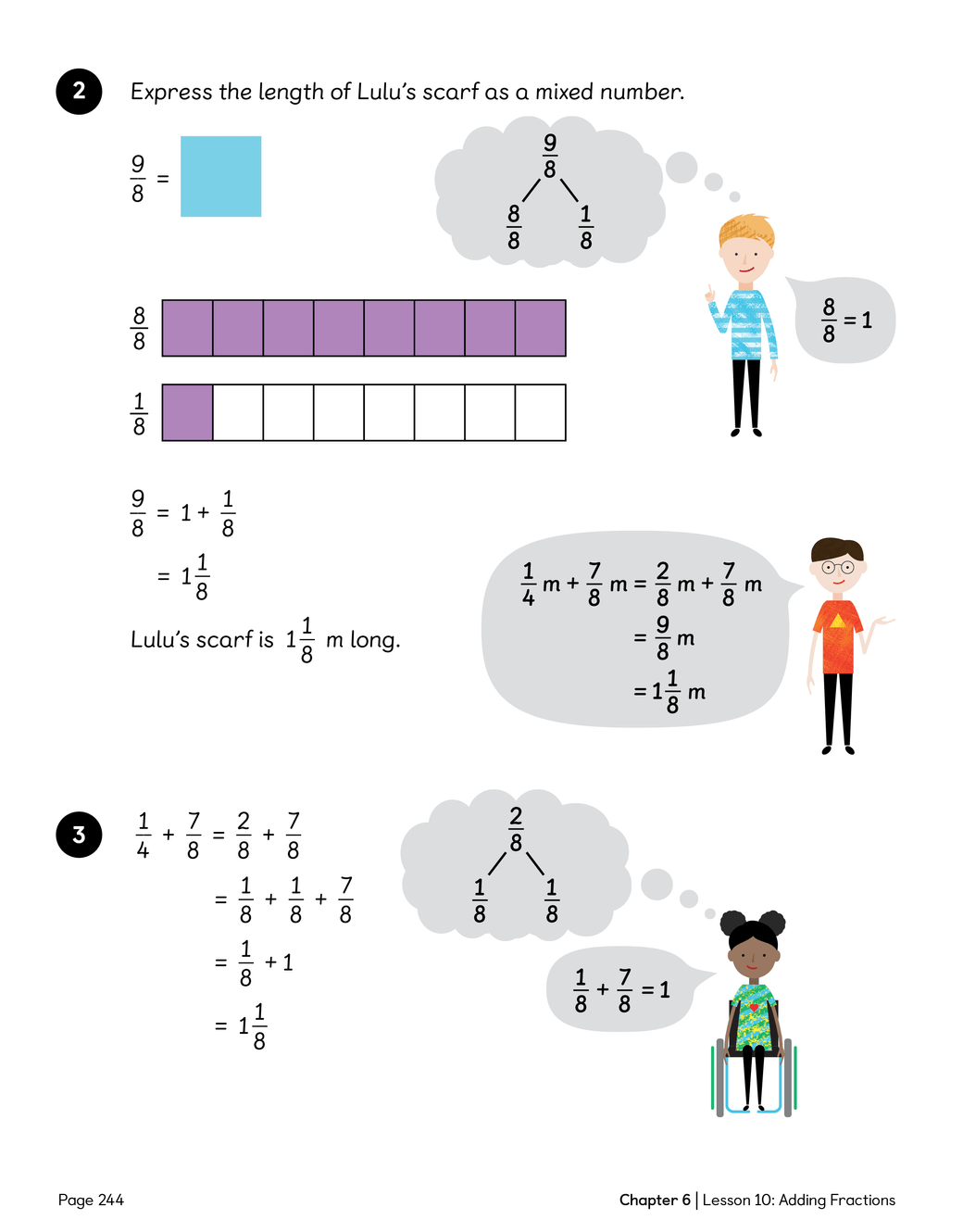
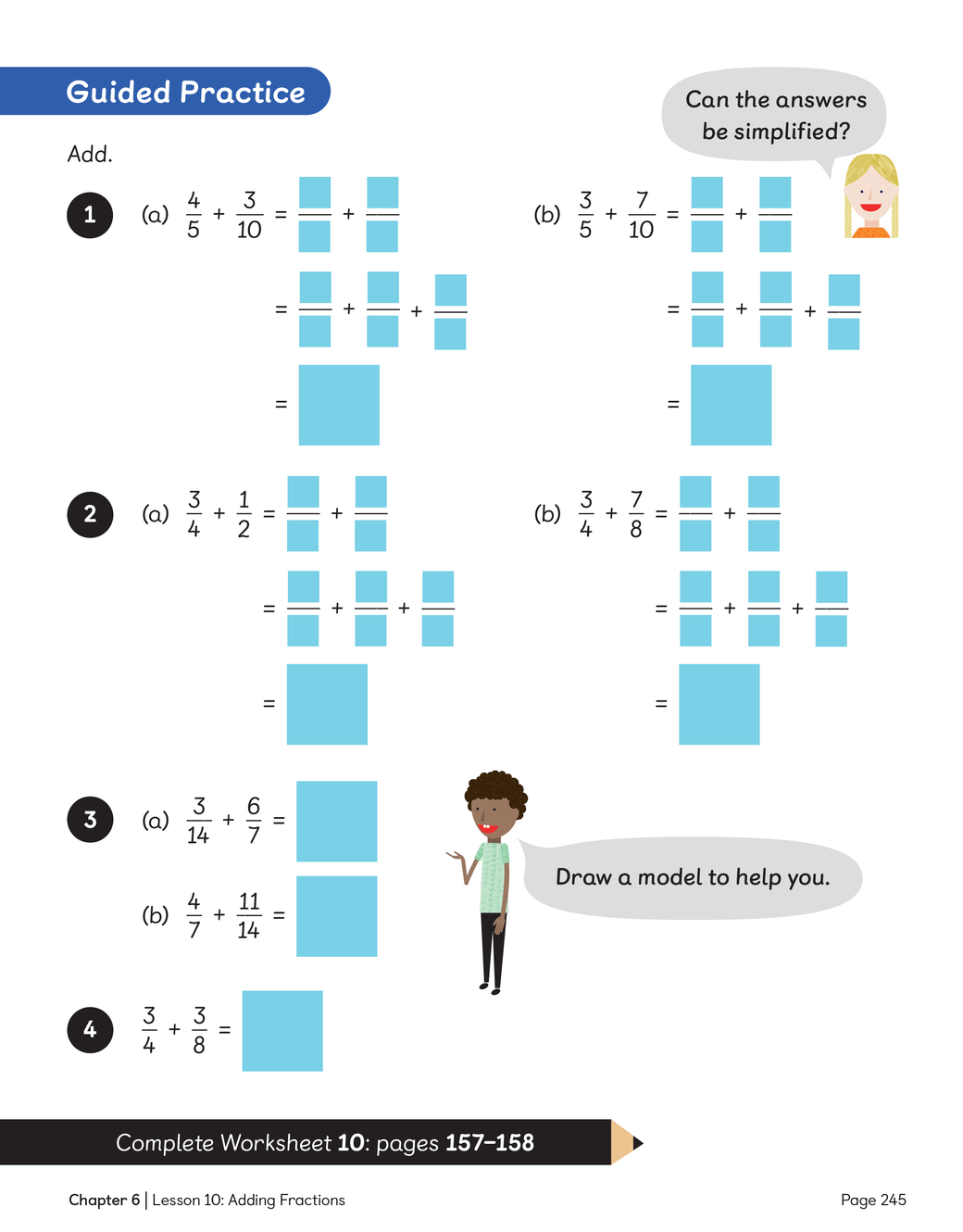

History

LC: to understand Mayan life and their achievements
Take the Quiz to see what you remember about the ancient Mayans!
1. When did the Mayan civilisation begin?
a. 1500BC
b. 1400AD
c. 2000BC?
2. Which part of the world did they live in?
a. Europe
b. Africa
c. Central America?
3. It is thought that the Mayans developed an early number system and were the first ones to come up with the idea of
a. zero
b. multiplication
c. fractions?
4. The Mayans developed one of the earliest systems of
a. farming
b. writing
c. building?
5. The most powerful city in the Mayan world was the ancient city of
a. Tikan
b. Toucan
c. Tikal?
6. The Mayan cities were ruled by
a. a priest
b. Kings and Queens
c. The people?
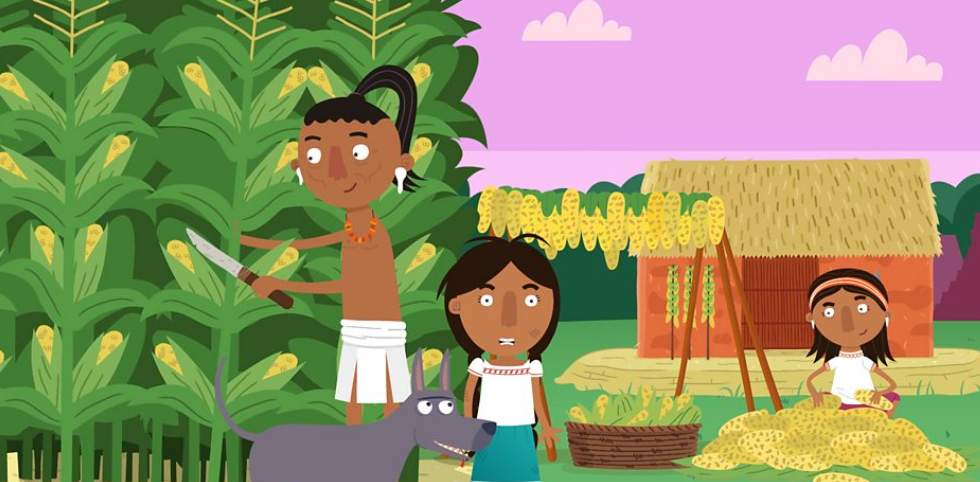
Click on the link below to learn more about the importance of Mayan farming.
Make notes as you read/listen.
Use these notes to write what you have learnt in your books.

Science
 LC: To know and demonstrate how night and day are created.
LC: To know and demonstrate how night and day are created.
Can we use our observational skills to describe how night and day are created?
Disciplinary concept - Researching using secondary sources.
Substantive concept - Making observations.
Watch the video.
/i/video/Year_5/Science/Earth_and_space/Day_and_night_video.mp4
Working in your table groups, use a torch and a ball to show your understanding of how night and day are created.
You can record your model and upload it onto Seesaw.
Remember to explain clearly your Science knowledge of how night and day are created.
After watching the video, discuss:
Where does the sun rise and set?
How far away from the sun is the Earth?
What happens when the North Pole is tilted towards the sun?
Why are the 21st of June and the 21st of December significant dates in the UK?
What do people who live near the Equator experience with daylight?
Exciting News!
In January and February 2025, six planets will form a giant arc in the evening sky: Mars, Jupiter, Uranus, Venus, Neptune, and Saturn. At the end of February, Mercury will join the fun, replacing Saturn. It is suggested that you can see the planets in the sky on Tuesday 21st January at about 9pm and then again on the 25th.
Look into the sky and see if you can see them.
Watch the video to learn more about the planet alignment.



